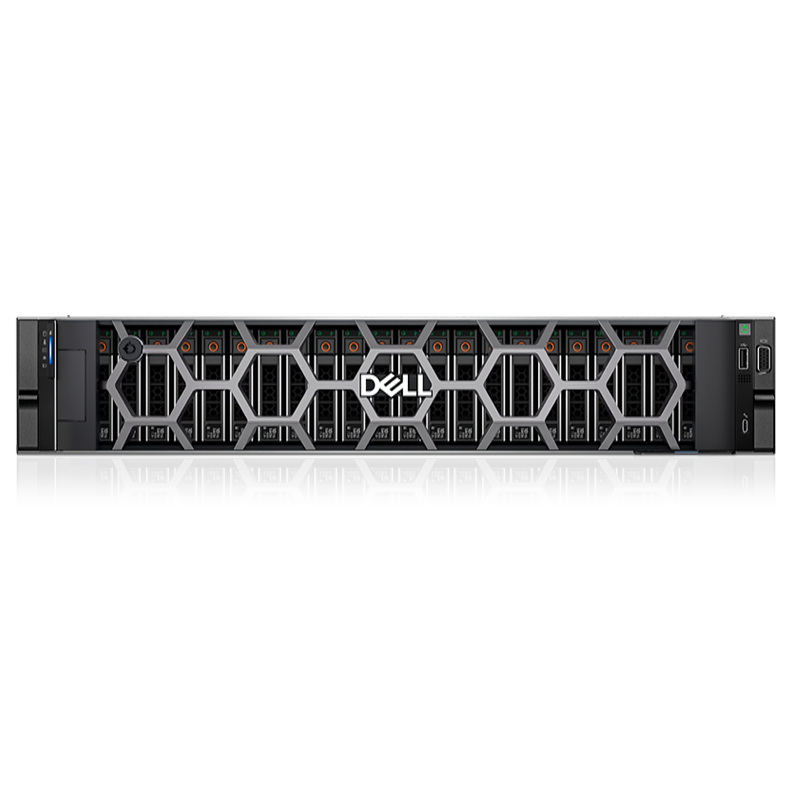Rackmount Server Server Server Agent Server Distributor Shenzhen Server Agent Shenzhen Server Distributor Server Agent Tower Server Server What is Server
Categories: Industry News
Rackmount servers server (computer) Server Agent Server Distributor Shenzhen Server Agent Shenzhen Server Distributor Server Agent Tower Server Server What is Server

A rack mounted server is a type of computer that runs faster, has a higher load, and is more expensive than a regular computer. Servers are available inreticulationThe server provides computing or application services to other clients (such as PCs, smart phones, terminals like ATMs, and even large devices like train systems). Servers have high-speed CPU computing power, long-time reliable operation, powerful I/O external data throughput and better scalability. Depending on the services provided by the server, the server generally has the ability to undertake responding to service requests, undertaking services, and securing services. Server as an electronic device, its internal structure is very complex, but with the ordinary internal structure of the computer is not much different, such as: cpu, hard disk, memory, system, system bus and so on.
Rackmount servers
Rackmount servers look less like computers and more like switches, and are available in 1U (1U = 1.75 inches = 4.445 CM), 2U, and 4U sizes. Rackmount servers are installed inside standard 19-inch cabinets. This type of structure is mostly a functional server.
For information service enterprises (e.g. ISP/ICP/ISV/IDC), the first thing to consider when choosing servers is the size of the server, power consumption, heat and other physical parameters, because information service enterprises usually use large-scale dedicated server rooms to uniformly deploy and manage a large number of server resources, which are usually equipped with tight security measures, good cooling systems, multiple backup power supply systems, and the cost of their server rooms is quite expensive. The cost of the server room is quite expensive. How to deploy more servers in the limited space is directly related to the cost of services, usually choose the mechanical size of 19-inch industrial standard rack-mounted servers. Rackmount servers are available in a variety of sizes, such as 1U (4.45cm high), 2U, 4U, 6U, 8U and so on. Usually 1U rackmount servers are the most space-saving, but with poor performance and scalability, they are suitable for some relatively fixed business use areas. 4U and above have higher performance and good scalability, usually supporting more than 4 high-performance processors and a large number of standard hot-swappable components. Management is also very convenient, vendors usually provide the appropriate management and monitoring tools, suitable for large access to critical applications, but the volume is large, space utilization is not high.
Blade servers are multiple card-type server units that can be inserted into a standard height rack-mounted chassis to achieve high availability and high density. Each "blade" is actually a system motherboard. They can start their own operating systems, such as Windows NT/2000, Linux, etc., through the "on-board" hard disk, similar to a separate server, in this mode, each motherboard runs its own system, serving the designated different user groups, there is no correlation between each other, and therefore compared with the Rack servers and cabinet servers, the performance of a single motherboard is lower. However, administrators can use system software to aggregate these motherboards into a cluster of servers. In cluster mode, all motherboards can be connected to provide a high-speed network environment and simultaneously share resources to serve the same user base. By inserting new "blades" into the cluster, overall performance can be improved. And because each "blade" is hot-swappable, the system can be easily replaced and maintenance time minimized!
Tower serversShould be the most seen, but also the easiest to understand a type of server structure, because of its shape as well as the structure is similar to our usual vertical PC, of course, due to the server's motherboard expandability, slots are also a bunch of more, so the head is a little bigger than the average motherboard, so the tower server host chassis than the standard ATX chassis is also larger, usually reserved enough internal space for future redundant expansion of hard disks and power supplies.
Because the tower server chassis is relatively large, the server configuration can also be very high, redundant expansion can be very complete, so it is very wide range of applications, it should be said that the highest utilization rate of a server is a tower server. We usually often say that the general-purpose servers are generally tower servers, which can set a variety of common service applications in one, whether it is the speed of the application or thestockpileApplications can all be solved using tower servers.
Typical Server Applications::
1. Office OA server
2,ERP server
3. WEB server
4,database server
5. Financial server
6. Mail server
7. Print server
8. Cluster server
9、Video surveillance server
10. Streaming media server
11、Game server
12,high performancecount















